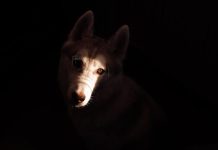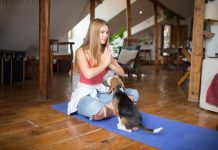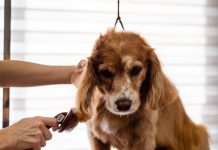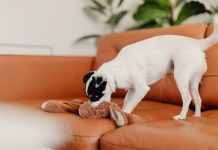Welcoming a new puppy into your home is a heartwarming experience filled with joy and excitement. However, as many new pet parents quickly discover, it also comes with its own set of challenges. One of the most common issues faced by puppy owners is separation anxiety—a condition where your furry friend becomes distressed when left alone. Fortunately, with the right training techniques, you can help your puppy feel secure and content even when you’re not around. In this article, we’ll explore the best puppy training methods to prevent separation anxiety, ensuring your new companion grows up to be a confident and happy dog. From establishing a consistent routine to creating a safe space for your pup, these strategies will not only ease your puppy’s anxiety but also strengthen the bond between you and your four-legged family member. Let’s embark on this journey together, ensuring your puppy has the best start in life.
Understanding Your Puppys Emotional Needs
Recognizing and addressing your puppy’s emotional landscape is crucial in fostering a well-adjusted and happy companion. Puppies, much like humans, have intricate emotional needs that require attention and understanding. By tuning into these needs, you can help prevent issues such as separation anxiety from taking root. Here are some key emotional needs to focus on:
- Security: Ensure your puppy feels safe in their environment. This involves providing a comfortable and consistent space where they can retreat to when feeling overwhelmed.
- Companionship: Puppies are inherently social creatures. Regular interaction and playtime with family members help to alleviate loneliness and build trust.
- Stimulation: Mental and physical activities are vital. Incorporate a variety of toys and exercises to keep your puppy’s mind engaged and their energy properly channeled.
- Routine: Establish a predictable daily schedule. Consistent feeding, walking, and sleeping times help to create a sense of stability and reduce anxiety.
By prioritizing these emotional aspects, you can create a nurturing environment that minimizes the risk of separation anxiety and promotes overall well-being for your furry friend.

Creating a Safe and Comforting Environment
Establishing a haven for your puppy is crucial in mitigating separation anxiety. Start by designating a specific area in your home where your puppy feels secure and relaxed. This space should be filled with comforting elements such as their favorite blanket, toys, and a cozy bed. Consistency is key, so ensure this space remains constant and familiar. A predictable environment helps puppies feel secure and less anxious when left alone.
- Comforting Scents: Consider using items with your scent, like an old t-shirt, to provide reassurance when you’re not around.
- Calming Sounds: Soft music or white noise can help create a soothing atmosphere, masking unsettling external noises.
- Interactive Toys: Provide toys that stimulate your puppy’s mind, such as puzzle toys or chewables, to keep them engaged and distracted.
Incorporating these elements not only fosters a sense of security but also encourages independence. Over time, your puppy will associate their special area with comfort and safety, reducing anxiety during your absences.
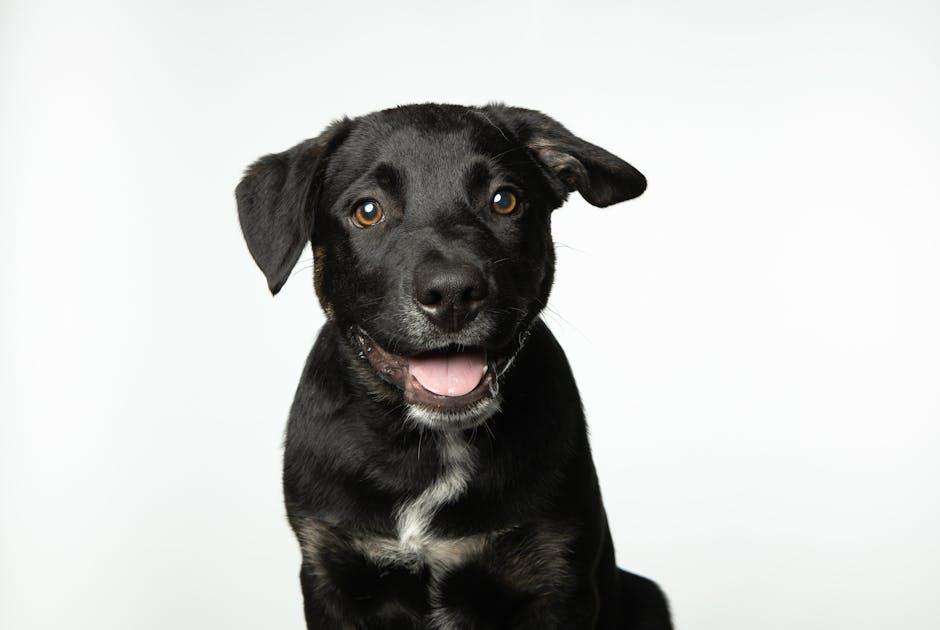
Implementing Gradual Desensitization Techniques
When helping your puppy adjust to being alone, it’s essential to introduce gradual desensitization techniques to ease them into this new experience. Start by leaving your puppy alone for short intervals, gradually increasing the duration over time. The key is to ensure they feel comfortable and safe during these periods. Here are some strategies to consider:
- Practice Short Absences: Begin with just a few minutes and slowly work up to longer periods. This helps build their confidence that you will return.
- Create a Positive Association: Give your puppy a special treat or toy that they only receive when you leave. This can make your departure something they look forward to.
- Maintain a Calm Departure and Arrival: Avoid making a fuss when you leave or return. Keeping these moments low-key can help reduce anxiety levels.
Consistency is crucial, so try to implement these techniques regularly. Over time, your puppy will learn that being alone is not something to fear, but rather a normal part of their daily routine.
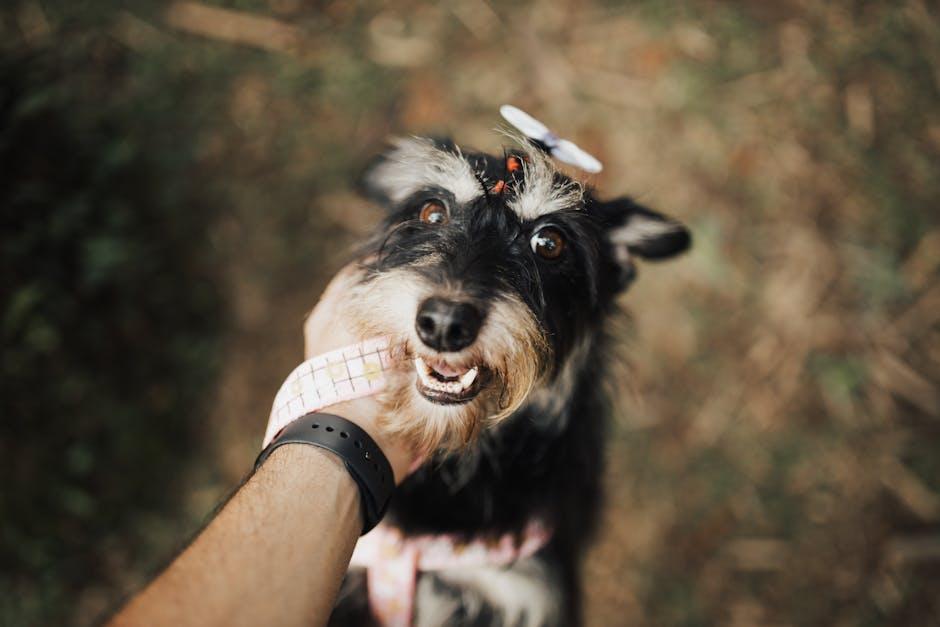
Incorporating Positive Reinforcement and Consistency
One of the most effective strategies for addressing puppy separation anxiety is through the use of positive reinforcement paired with consistency. Establishing a reliable routine helps your puppy feel secure, while rewarding desired behaviors reinforces their learning. Begin by creating a calm departure routine. For instance, engage in a few minutes of quiet play or a short walk before you leave. This helps to burn off some energy and sets a positive tone for your absence.
- Reward Calmness: Offer treats or praise when your puppy remains calm as you prepare to leave. This encourages them to associate your departure with positive outcomes.
- Practice Short Absences: Gradually increase the duration of your time away. Start with just a few minutes and slowly work up to longer periods, always rewarding your puppy upon your return.
- Use Consistent Cues: Develop a consistent cue, like a specific phrase or gesture, to signal your departure. This helps your puppy understand that you will return.
By consistently applying these techniques, you create an environment where your puppy feels confident and secure, reducing anxiety over time. Remember, patience and persistence are key, and every small step forward is a victory for both you and your furry friend.





